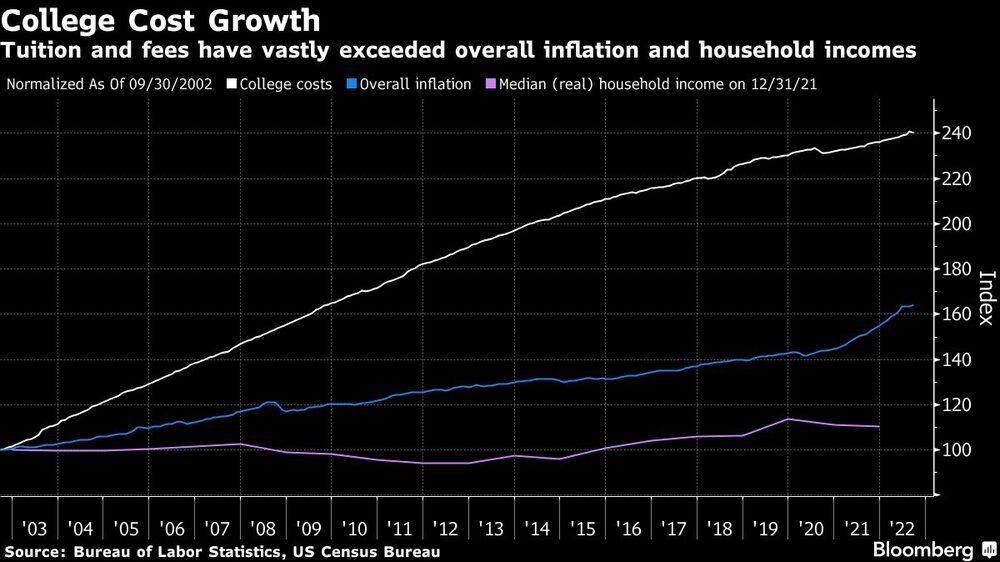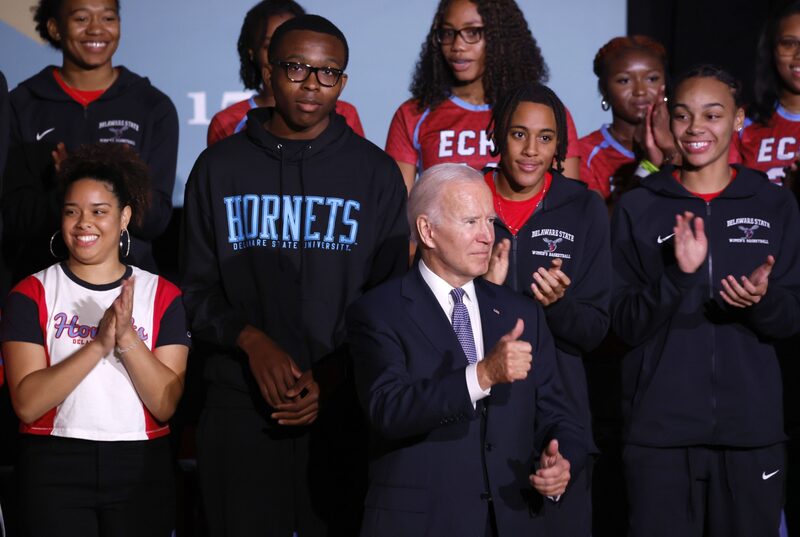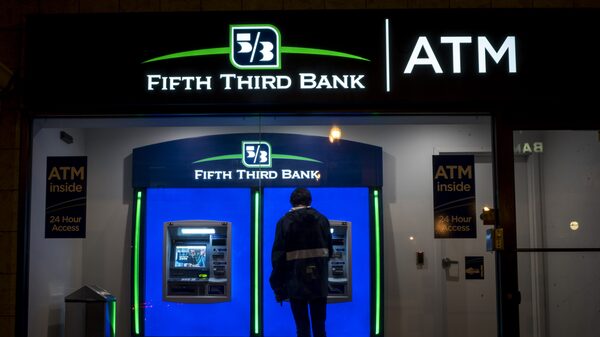Bloomberg — Student loans haven’t delivered their promise of a middle-class life for millions of Americans, and the US system of financing higher education via individual borrowing is making inequalities in the country worse, according to a new study.
The wage premium that comes with attending college hasn’t been enough to enable student borrowers from disadvantaged backgrounds to build wealth, according to the report by the Jain Family Institute, a nonpartisan research organization. It cites the large number of debtors who’ve been unable even to keep up with interest payments, meaning they now owe more than when they initially borrowed the money.

An analysis of the cohort that took out loans in 2009 found that less than half had paid them off a decade later. In Black and Latino neighborhoods, roughly 75% and 60% of borrowers respectively had balances that exceeded the original loan amount, compared to 50% in white neighborhoods.
“If college was truly equipping borrowers with a steady and reliable wage premium, after a normal 10-year amortization schedule the percent of student debt unpaid would approach zero,” writes Laura Beamer, the report’s author. “The inability for borrowers to repay debts, or for loan revenue projections to hold true, indicates that college is not paying for itself in the labor market.”
President Joe Biden’s plan to forgive some student debts has an income threshold, with only people who earn below $125,000 eligible for the write-off. But the Jain report -- which pushes back against the idea that debt relief automatically favors better-off Americans -- argues that wealth, rather than income, may be a better guide.
It finds that most student debt is held by Americans among the least-wealthy 25% of the population, even if some of them have achieved higher incomes. Wealthier cohorts typically have less of a burden because “these groups do not take on debt to finance their education,” the report says. “Financing education through debt exhibits a regressive distribution across income, race, class, and gender.”
The study also highlights the double burden facing many Americans who’ve taken out loans to pay for their children’s education even while they’re still struggling to pay off their own. About one-third of Black and Latino borrowers under the “Parent PLUS” program are in that situation, it says.
“Debt, rather than wealth, is now the inter-generation term on people’s minds,” Beamer said in an email. “Financially-strapped Parent PLUS borrowers ought to receive more substantial relief.”
Read more on Bloomberg.com


